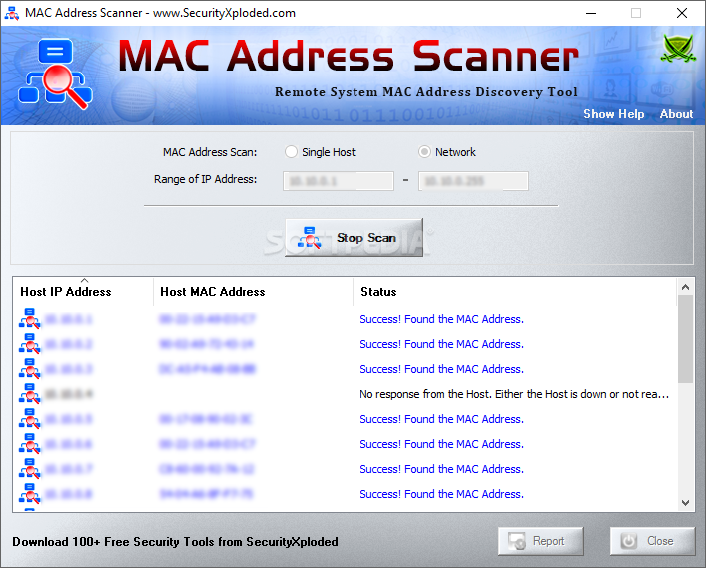
- Get windows 8 for mac how to#
- Get windows 8 for mac install#
- Get windows 8 for mac serial#
- Get windows 8 for mac drivers#
- Get windows 8 for mac update#
You have two options here: Click the drive and then click Next to preserve old Windows files in a folder in the new installation. If your computer has only one hard drive or solid-state drive, then this is the largest partition available.

On this screen, you’ll have to select the installation drive or partition. The next screen has two options: Upgrade and Custom. Choose Custom - the Windows 8.1 installation system cannot upgrade from a newer version of Windows to an older one. Step 3: InstallationĬlick I Accept The License Terms, then Next on the license screen.
Get windows 8 for mac install#
Click Next, then Install Now. Wait for the setup process to initiate. For Windows 8.1, the first screen lets you select your language, location, and keyboard localization. The Windows setup process will then begin. Again, all motherboards and computers are a little different, so make sure to have your manual handy. For thumb drives, select USB or something similar. You want your Windows installation media loading before your hard drive. These settings allow you to choose which device your computer attempts to load first. Once you’re in the BIOS, you want to look for a boot order or a boot override.
Get windows 8 for mac how to#
Every computer is different, so consult your motherboard manual if you built the computer yourself or the computer manual to see how to enter the BIOS. Entering the BIOS usually requires hitting the Delete key - not the Backspace key - over and over on your keyboard immediately after seeing your computer’s splash screen (usually showing the computer manufacturer). This usually requires either entering a keyboard command to open the boot menu or entering the BIOS (or UEFI on newer systems) and manually selecting the drive. Restart your computer and boot it from that drive. Once you’ve finished backing up your files and programs, remove all other external storage drives, cards, or discs, and insert the Windows installation disc or drive. Our guide to installing Windows 7 has all links, detailed instructions, and a few caveats about using older operating systems that may help you troubleshoot esoteric issues. Windows 7 can’t upgrade, install, or keep files when installed on a system already running Windows 10, so a fresh install is the only way to achieve such a goal. While it may be starting to show its age, Windows 7 is still of occasional utility among power users looking to replicate or fix old software - or people who are just stuck in their ways. It may also be located somewhere on your computer’s case. You’ll also need the Windows product key for whichever version you chose - this is the 25-digit code that came with your Windows retail box or purchase receipt from Microsoft. Alternatively, you can create a bootable USB drive with a Windows ISO. If you’re installing an older version of Windows, you’ll need the original disc (and possibly an external CD or DVD burner if your newer laptop doesn’t have a disc drive). For Windows 8.1, Microsoft provides a download service that allows you to send the installation files to a new DVD or even use a flash drive. Next, get installation media for Windows itself.
Get windows 8 for mac drivers#
Windows does a good job of grabbing drivers automatically, but make sure to download any networking, motherboard, or graphics cards driver installation files and store them on a USB drive.

You might want to gather installation files for the various drivers your computer will need.
Get windows 8 for mac update#
It’s also worth noting that Microsoft doesn’t support Windows 8 anymore, only Windows 8.1, as it was part of an automatic update cycle.
Get windows 8 for mac serial#
Unfortunately, Windows can’t preserve programs or settings when flashing to an older version (only a newer one), so you’ll also want to get installation media for any crucial programs, especially those that require serial numbers. An external drive or a cloud storage service is excellent, so long as it’s physically disconnected from the Windows computer you’ll be working on. Step 1: Backing up and creating installation mediaīefore beginning anything else, back up your important computer files to a separate location. That said, we have an alternate method for rolling back to Windows 8.1 in the event you’ve just recently upgraded to Windows 10. With Microsoft ending support for Windows 8 long ago, you have to fully uninstall Windows 10 to rollback to a previous version. Be aware, too, that new computers (especially tablets) may contain components that weren’t manufactured when older Windows versions like Windows 8.1 or Windows 7 were being sold. Though the guide below is written with rolling back to Windows 8.1 in mind, the basic steps work for any Windows operating system going as far back as Windows XP - though we don’t recommend going that far back, as Microsoft ended support for it some time ago. Windows 10 has been a critical success since its release, but if you need or want to revert to an older version of Windows, you can uninstall Windows 10 and downgrade to Windows 8.1.


 0 kommentar(er)
0 kommentar(er)
